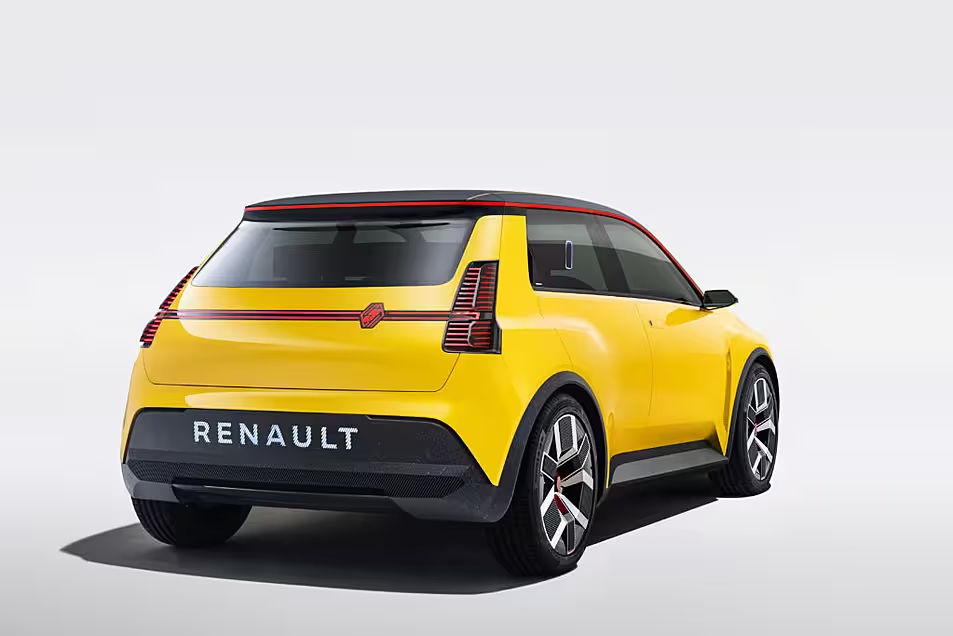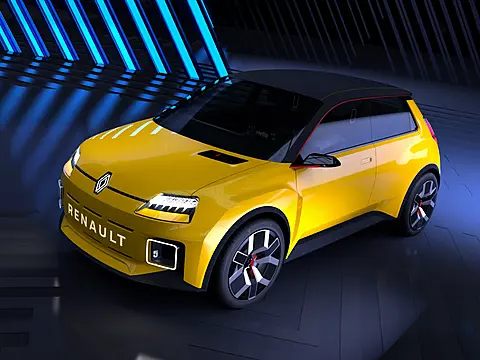French car giant Renault is planning a major overhaul of its business plan that will include the revival of at least two popular models from its past. The first of these will be its 1980s favourite supermini, the Renault 5.
The Renault roller-coaster has taken some hair-raising twists in the last few years, between the escapades of former boss Carlos Ghosn, a fractious relationship with its Japanese partners and most recently the global Covid-19 crisis.
It falls upon long-time industry high-flyer Luca de Meo to ease the turmoil. Appointed last July, he has now revealed his vision for the future. Unsurprisingly, he began with cuts: and extra ¤500 million from costs and a renewed focus on a few profitable models.
Describing the company as “too fat” at present, de Meo said car production will drop to 3.1 million vehicles by 2025, from 4 million in 2019, with an understandable focus on electric models. The highlight for motoring fans is the return of the Renault 5, a supermini hit for the brand in the 1980s, that in its new guise will be electric.

Renault 5 returns
According to Gilles Vidal, Renault design director: “The design of the Renault 5 Prototype is based on the R5, cult model of our heritage. This prototype simply embodies modernity, a vehicle relevant to its time: urban, electric, attractive.” Vidal is one of the new stars in the Renault design team, led by head of group design, Laurens van den Acker.
Vidal was poached from Peugeot in July, having led that rival French brand’s design revolution since 2010. According to de Meo: “I think we have one of the best design teams in the auto industry.”
On future models, de Meo said there will be at least one more historic model name revived from the past under the plan. One classic model rumoured to be set for a return is the Renault 4, a firm favourite in 1970s Ireland that was also used by the Irish state-owned postal and telephone companies.
While none of the current models will be removed from market, he hinted that several may not be renewed when they come to the end of their lifecycle.
While de Meo would not be drawn on specific models, he said it was clear that variants of people carriers, saloons and estates do not allow the company to make the sort of profits required and the focus will be on more popular models. Pointing to the new Renault 5, he said its price position would be set to be affordable for the mass market. “We are aiming at these are the kind of cars that will make electric cars popular.”
The 53-year-old former head of Volkswagen’s Seat brand has a successful history in reviving historic nameplates. In a previous guise he created the marketing plan for the Fiat 500 revival. At Seat, he also successfully turned around the struggling Spanish brand by trimming costs and revamping the model range.
New cost cuts
Contrasting the new plan to that of his predecessor, former boss-turned-fugitive Carlos Ghosn, de Meo said: “We grew bigger, but not better”, adding the task now was to “steer our business from market share to margin”.
Under de Meo’s efficiency drive, Renault will build vehicles on fewer shared platforms to pare back costs by €600 per car by 2023, and will aim to cut development time for a new vehicle by a year, to under three years.
De Meo also announced a new business unit, called Mobilize, focused on “new profit pools” from data, mobility and energy-related services.
The aim is to derive at least 20 per cent of Renault’s revenue from that business by 2030, while the shift to a more electric line-up will include building a battery plant in France with one of the company’s suppliers.
“We’ll move from a car company working with tech to a tech company working with cars,” de Meo said.
The French carmaker said it would combine all its sports car efforts into one unit “dedicated to developing exclusive and innovative” vehicles and that Formula One racing would be “at the heart of the project.” - (Additional reporting: Reuters)







